Submitted Review
Elizabeth Newman ‘Is that a ‘No’?’
Encountering a bare clothes rack in Melbourne artist Elizabeth Newman’s 30-year survey “is that a ‘No’?” at Griffith University Art Museum (GUAM) was a revelatory moment. Ironically, the object that least looked like an artwork was the key that unlocked Newman’s intelligent, if idiosyncratic practice for me. The Duchampian readymade embodies Newman’s ongoing interrogation of what constitutes an artwork; that is, what are the unique qualities that distinguish an artwork from another object?
Its detailed wall label discusses Lacanian notions of lack and desire (Newman is a psychoanalyst by profession) however the object reminded me of nothing more than the clothing racks I lugged from one rental apartment to another during my twenties. Here stripped of its former purpose, framed by the paintings, works on paper and other objects on display, the rack becomes an artwork by virtue of its context.
Curator Naomi Evans has selected just nineteen works from the artist’s three-decade career for a tight but expansive exhibition that prioritises relationships between discrete works over individual objects. Painting is Newman’s preferred media and the exhibition includes early text works through more recent abstract and monochrome compositions.
Negation is a key strategy in Newman’s oeuvre, defining the limits of what it is, or perhaps more accurately, what isn’t art. Untitled 2016, exemplifies what writer Francis Plagne has termed Newman’s ‘multi-form’ paintings, combining abstract imagery and text. Floating beneath an unrelated cluster of loosely painted geometric shapes is the French phrase ‘ceci n’est pas’ (‘this is not’) referencing surrealist Rene Magritte’s seminal The Treachery of Images 1929.
The raw canvas and strip of black tape on Newman’s work emphasise the artifice of the composition, in addition to the disconnection between the image and text.
‘The overall aesthetic is coolly formal’
Although her work is heavily invested in the legacy of modernism and the overall aesthetic is coolly formal, it is the insistent trace of the artist’s hand that humanises Newman’s work and engages the viewer. Her monochrome paintings for example, which on initial glance appear unassuming, become more remarkable on closer inspection of the visible brush strokes and exposed edges that assert their physicality.
Several freestanding objects and cut-felt pieces implicate other works through their proximity and sightlines, mediating the viewer’s experience of them. It is evident that great care has been taken in the selection and placement of each work, allowing for connections to be discovered by the viewer. Evans has curated an elegant, thoughtful exhibition that provides genuine insight into Newman’s practice.
Despite appearing in several group shows in Brisbane since the early 90s, “Is that a ‘No’?” marks Newman’s first solo exhibition in the city since 1997 and will introduce the artist’s work to many viewers. More broadly, the exhibition demonstrates the importance of university galleries within the Australian visual arts ecology. At a time when the sector is being heavily impacted by funding changes and now the COVID-19 pandemic, university galleries are one of the few spaces that regularly program focused, in-depth exhibitions of established and mid-career practitioners.
GUAM is notable for its commitment to such projects, having also mounted significant presentations of work by Davida Allen, Archie Moore and Jenny Watson in recent years. Having only a vague awareness of Newman’s practice before viewing “Is that a ‘No’?” I walked out of the exhibition knowing enough about her work that I’m keen to see more.
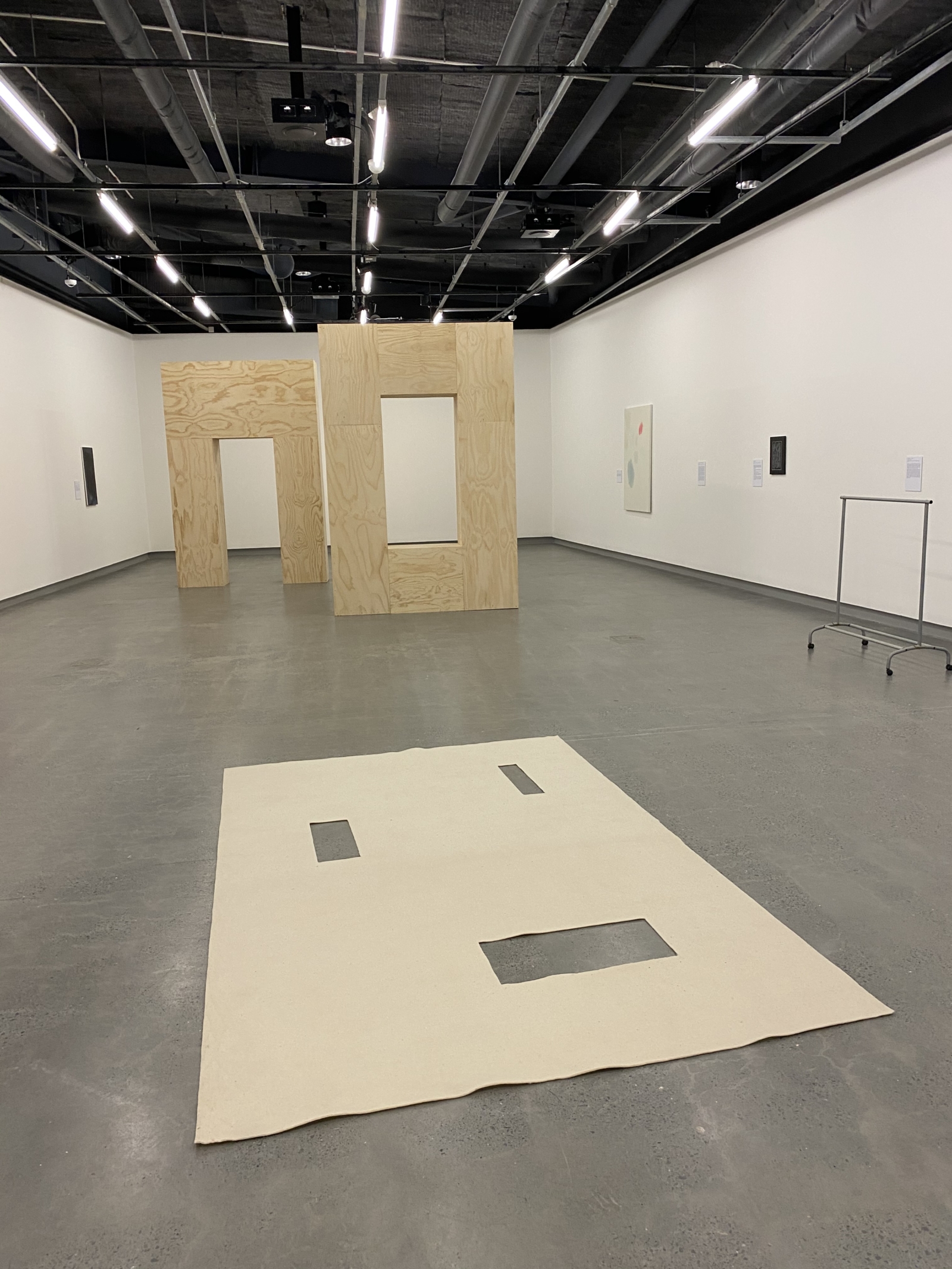
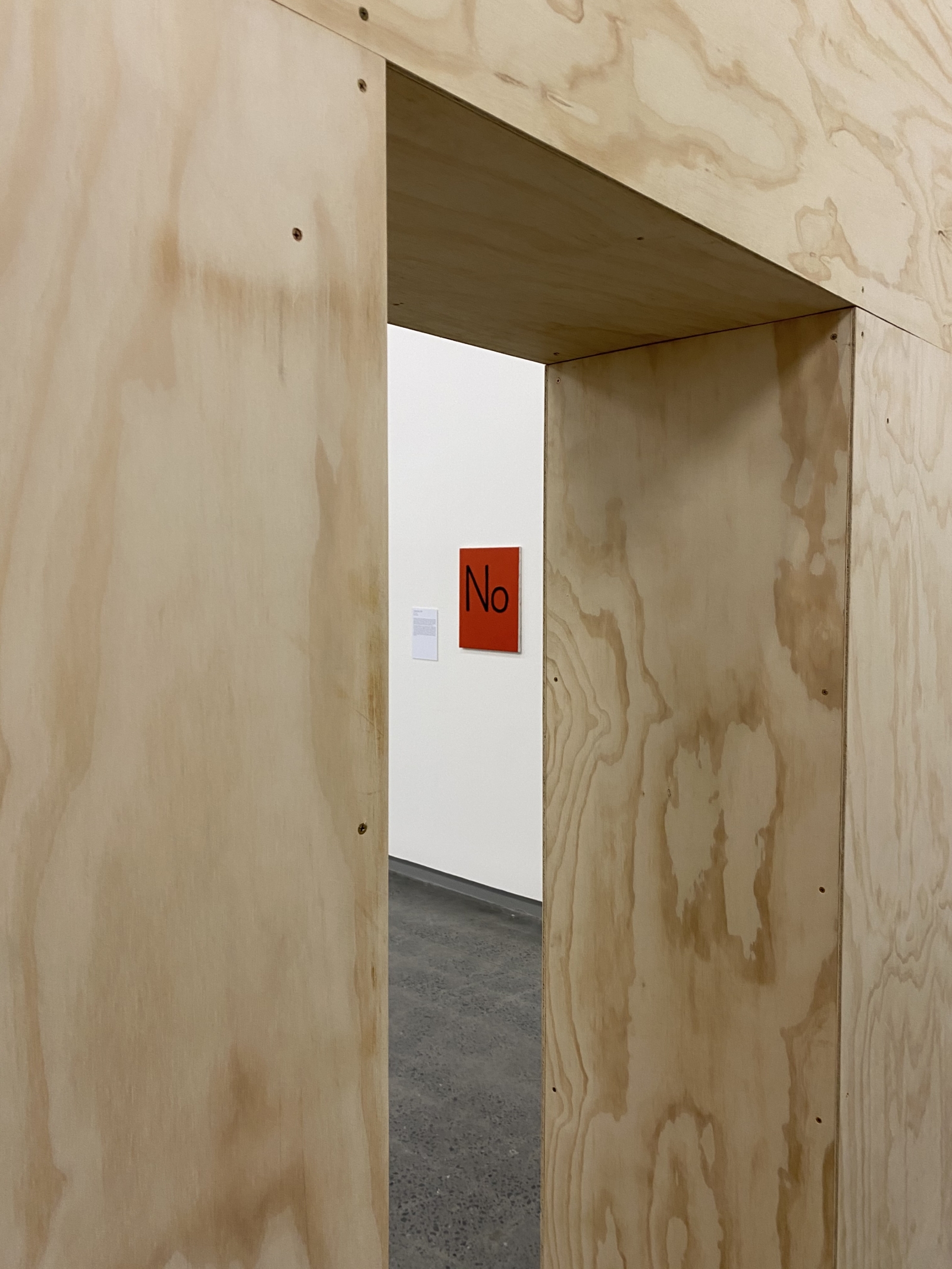
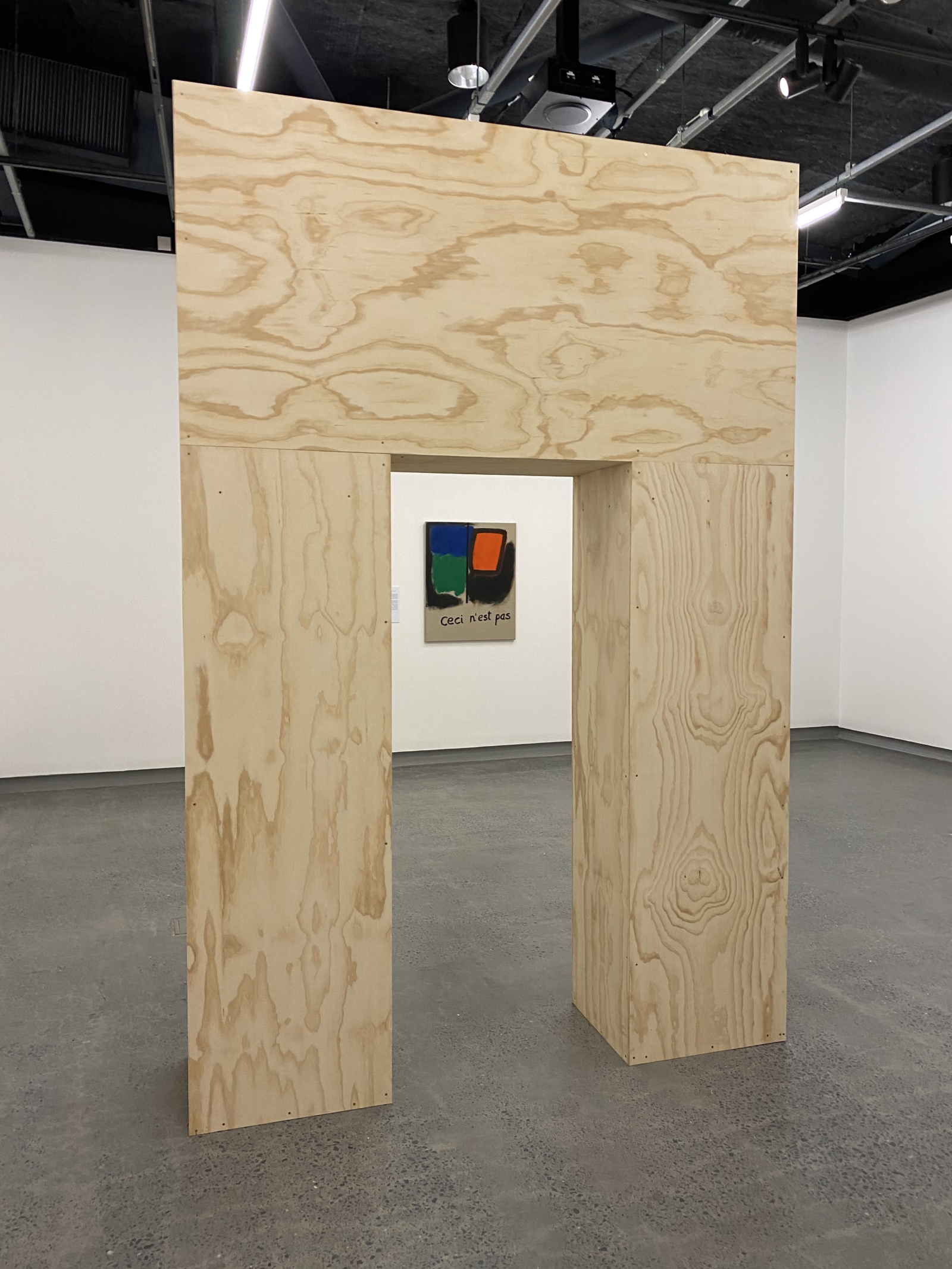
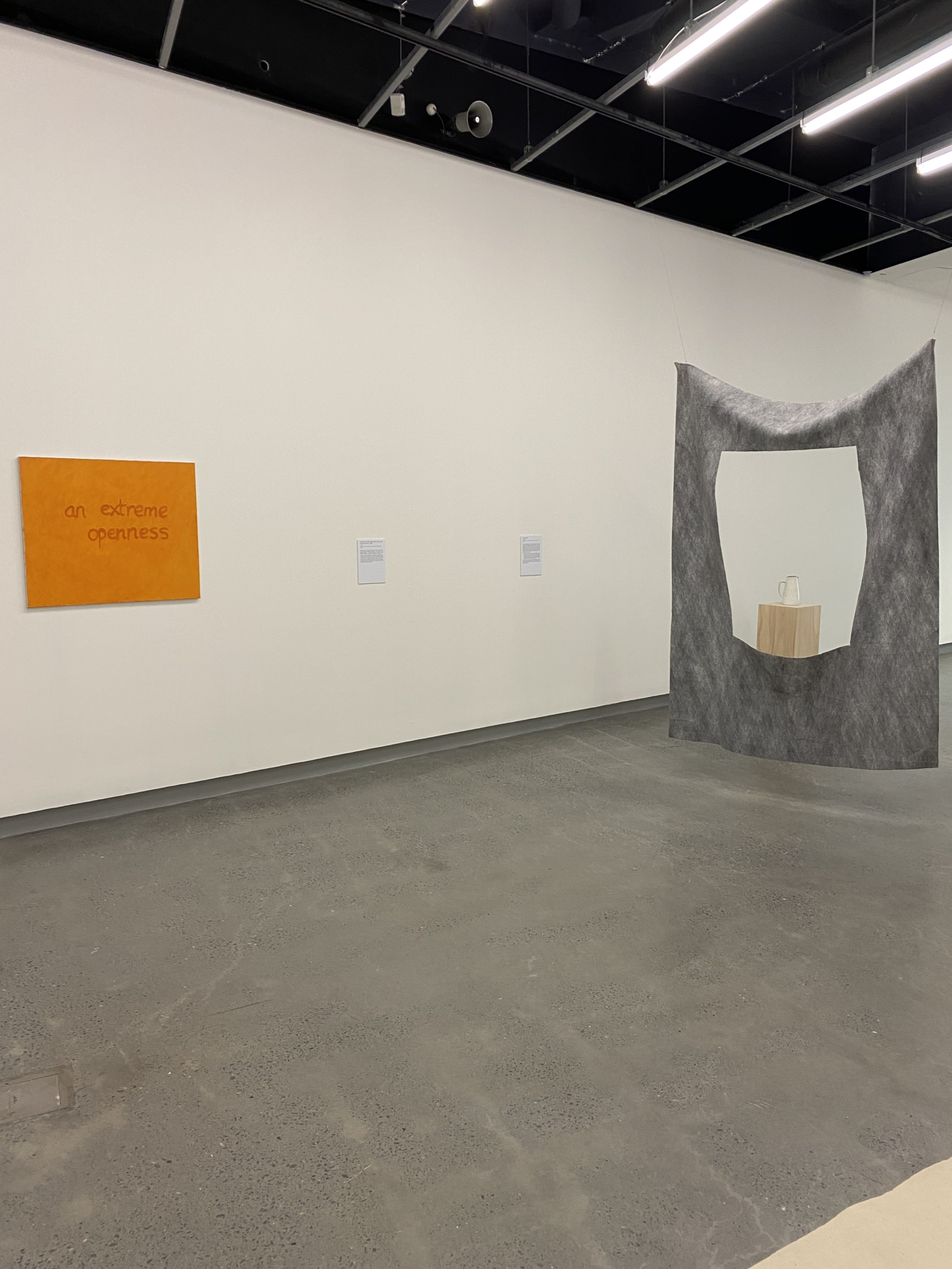
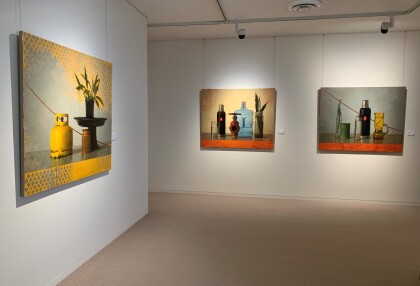

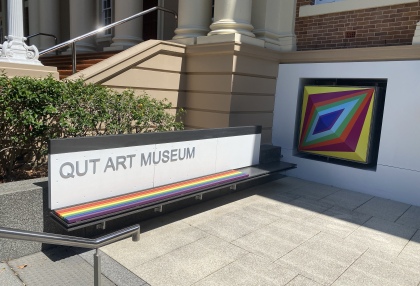
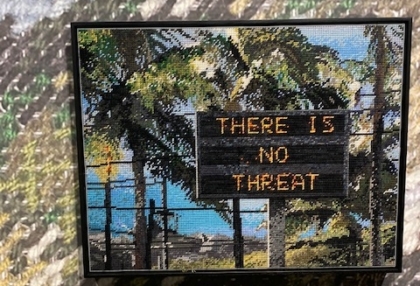
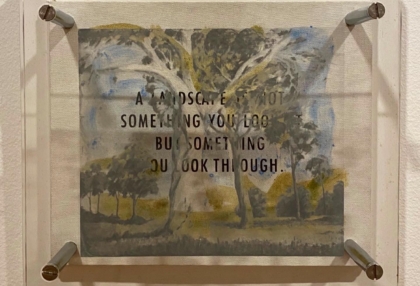
No Comments